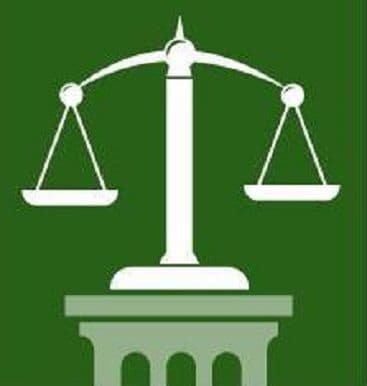A drunk 70-year-old jaywalker sued the driver of a car who hit him. The jaywalker chose a poorly lit stretch of multi-lane highway to cross in the dark. Although testimony conflicted, it either was or had recently been raining. The driver who hit the jaywalking pedestrian never saw him.
The jaywalker sued for personal injury. The trial court dismissed the claim on summary judgment. The Court of Appeals reversed, and sent the case back to the trial court.[1] This is not as crazy as it sounds.
Although the driver that struck the pedestrian did not see him, another driver did see the pedestrian just before he was hit. A jury might conclude that the driver who hit the pedestrian should have seen him also.
The pedestrian could still face an uphill battle at trial. Washington is a pure comparative fault state, meaning a jury can find both parties partially at-fault. However, if a jury finds the pedestrian was more than fifty percent at fault, and that intoxication was a cause of his injury, then then pedestrian recovers nothing in a judgment.

By personal injury attorney Travis Scott Eller
[1] Dillinger v. Dixson, unpublished (No. 43586-1-II, September 4, 2013). Available at http://www.courts.wa.gov/opinions/pdf/D2%2043586-1-II%20Unpublished%20Opinion.pdf (Last accessed 10/12/13).
